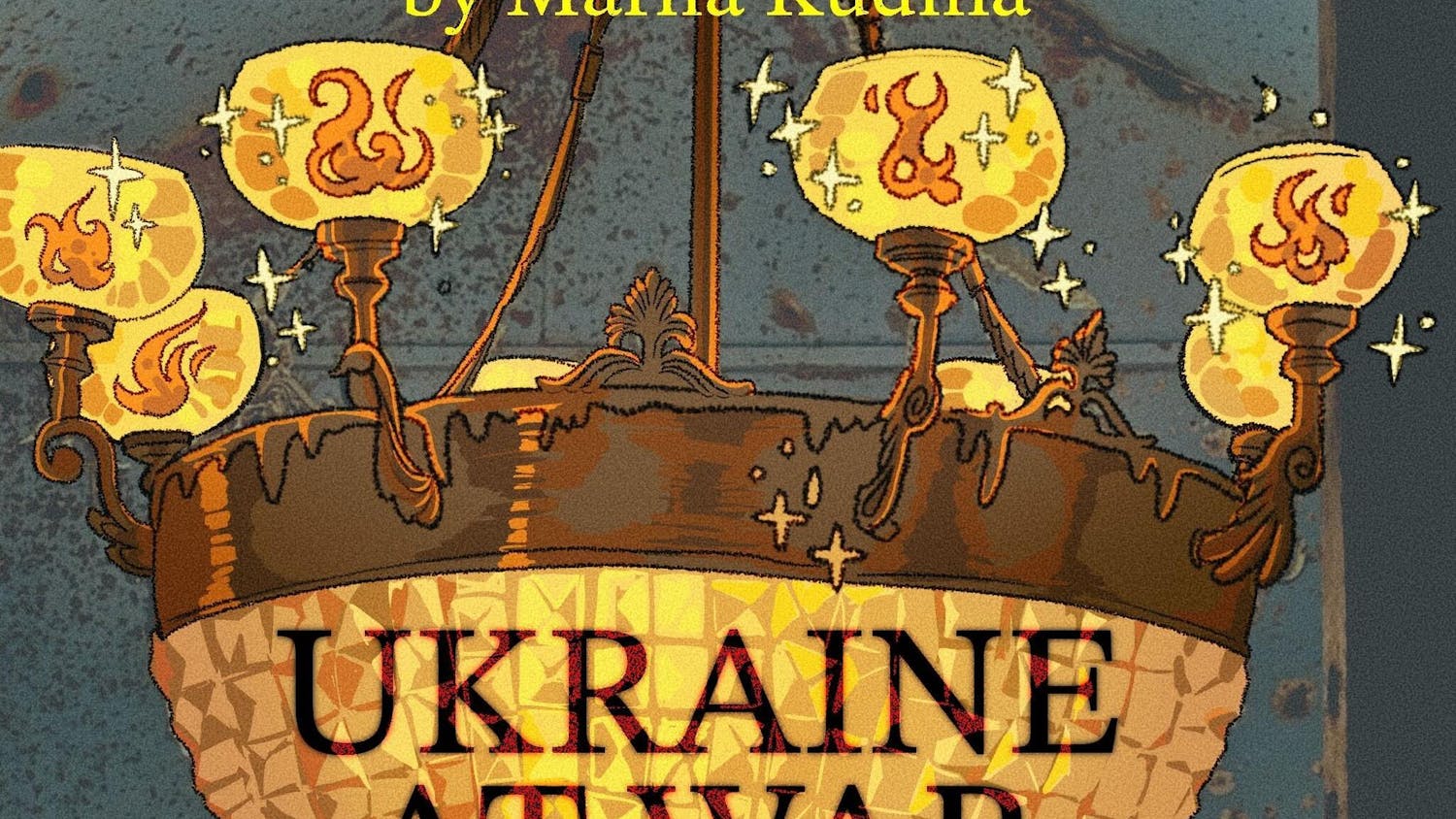Last semester, I took some time away from the Hill and spent five months abroad in Seville, Spain. Immediately, I found the people of Seville to be partitioned into two factions: supporters of Sevilla FC and "los béticos," supporters or Real BetisBalompié. The rivalry between the two Sevillian soccer clubs resembles the mutual antagonism between the Yankees and the Mets or the Lakers and the Clippers, since one team is perennially top-notch and the other team is laughably bad.
In this instance, Sevilla FC is always one of the main contenders in La Liga, the premier Spanish soccer division, and Betis flounders about in the lower tier SegundaDivisión. Basically, Betis is equivalent to the Triple-A Toledo Mud Hens or any team in the NBA D-League. Yet, the enticing thing about Spanish soccer is that the top three teams from the SegundaDivisión are promoted to La Liga at the end of each season.
Now, let me backtrack. Before studying in Spain, I had never been a soccer fan. I felt the sport was boring, I didn't have any promising local teams to support (because I'm from America) and I never was any good at playing soccer. (I was called "Wheels" as a kid. That's how third-graders express irony.) Yet, the Spaniards live, eat and breathe fútbol. Young and old men alike play on asphalt pitches, teenagers are all part of youth leagues and little kids chase soccer balls down narrow, cobblestone streets. In order to immerse myself in the Spanish culture, I had to pick sides: Betis or Sevilla?
All the signs pointed in the winning direction. I lived in the heart of the city, a 15-minute bicycle ride from Sevilla FC's EstadioRamónSánchez-Pizjuán. Plus, the coordinator of my program was a fervent Sevilla fan and the first soccer game I watched in Spain was a Sevilla match at a local bar.
Yet, two important events made me gravitate towards Betis. The first was when I stumbled upon a large celebration on the aptly named, CalleBetis, a long street famous for its bars and nightlife. The majority of the passionate intoxicants I ran into were decked out in green and white, chanting in slurred unison at the top of their lungs. I saw my friend, Pablo, engaged in the jubilee and asked him about the cause for such merriment. He told me that Betis had beaten FC Barcelona in an unbelievable upset. And so, the seeds of Betis were sown in my heart.
Betis and I were star-crossed lovers: I wanted to go see and experience an actual Spanish soccer match, so I began a hunt for tickets. I found the 30-plus-euro Sevilla tickets a little pricey, whereas the 15-euro tickets I could scalp at a Betis game were just right. In the sweltering 95-degree heat, my friend and I — shirtless, donning a newly purchased Betis flag as a cape — attempted to babble along to cheers and eventually rooting Betis on to a 3-1 victory over S.D. Huesca. That victory clinched a berth in La Liga for Betis. My team had finally won something of value.
Anyway, that's how I came to root for a team so terrible that their motto is "¡Viva el Betismanquepierda!" ("Long live Betis, even when they lose!") Fast-forward to this semester and, at the start of the latest season, Betis climbed to the top of La Liga with an astounding 4-0 start. I became intrigued and began to follow Betis more intensely. Since then, they are 0-6-1. Yet, as long as my Betis flag hangs on my dorm room wall, I will believe in the green and white.
--
Zach Drucker is a senior majoring in international relations and Spanish. He can be reached at Zachary.Drucker@tufts.edu





